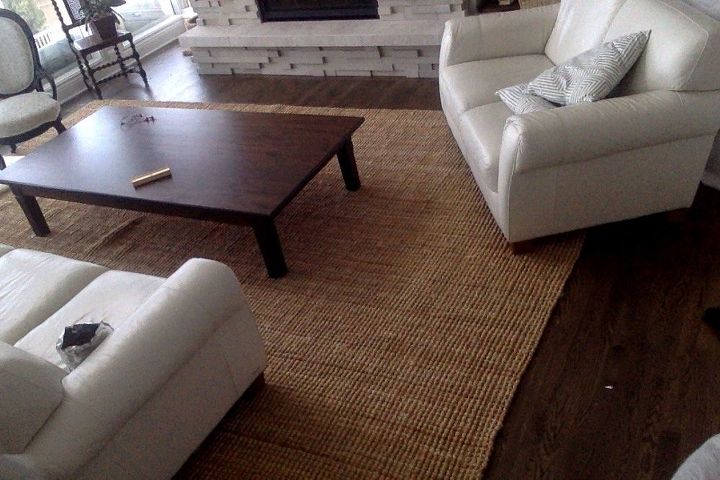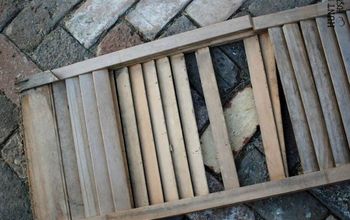Can you dye jute?
I purchased some jute placemats but they are a little lighter than I wanted. What can I use to add some darker gray tones to them? Can you soak them in tea or coffee? The material is very soft. How can I be sure they don’t fall apart? They seem to be sewed together pretty well.
Related Discussions
Blackout curtains behind vertical blinds
I have two 6' patio doors, and I want to add blackout curtains to keep the sun/cold out. What is the best way to hang them, and what can I use to push the curtains ba... See more
How to make a balloon garland?
Does anyone know how to make a balloon garland or a balloon arch?
Can you dye 100% polyester fire retardant fabric
Is it possible to dye 100% polyester fire retardant fabric? I am trying to turn my clinic curtains from an ivory to a navy blue. I’ve tried the traditional dies in... See more
How do you dye or bleach a jute rug?
Purchased a jute rug 10x14. It arrived in brown instead of oyster/ivory like i wanted. Discovered it was non-refundable.
Can you dye a natural (polished) pink marble countertop?
Countertop in bathroom is pink, would like to get to blue; without having to replace.
Can you dye synthetic lace curtains?
Hi, I'm wondering if any of you thrifty and creative people out there have successfully dyed lace curtains? I have a pair of Ikea Alvine Spets polyester lace curtains... See more
Does anyone know what this is?
Just turn them upside down and open them, then insert a roll of paper towel and tada, you have yourself a brand new paper towel holder that is not only beautiful, but... See more



Is there any label on the mats indicating if they are 100% cotton? If so, then the fibres should take on a darker color if soaked in strong tea. If the braids or rolls are sewn together with thread, and not just glued, then I would not think that they will disintegrate if soaked in tea water.
Please post a picture so that we can see what you have to work with.
Strong tea or strong coffee should stain them darker, you'd have to check them from time to time to get the color you want. They might fade with washings.
Jute is pretty porous so they should take stain well.
You can use stain, watered down paint. Coffee or tea could work.
You can easily change the color of the jute but if you are wanting a more grey color, you'd need to use paint or that color stain watered down. Remember, you're starting with a brown tone so it won't be a true grey when completed unless you go very dark grey.
here you go
https://www.youtube.com/watch?v=u6IfAN7AS7Y
Hello. Spray paint might be an option. There’s also spray paints meant for baskets with a clearer opacity. Personally I would be concerned about soaking a woven placemat in that the water might loosen the woven configuration.
I'd use Rit dye and see how well it holds the dye. But if you do dye them, rinse well or next time they get wet, the dye may run.
To dye jute fabric, the fabric is first soaked in water for several hours. This helps the fabric to absorb the dye evenly. After soaking, the fabric is then dyed using either natural dyes or chemical dyes.
Natural dyes can be made from plants, fruits, and vegetables. Chemical dyes are synthetic and provide a wider range of colors than natural dyes. After the fabric has been dyed, it is rinsed in clean water to remove any excess dye.
The fabric is then dried in the sun or by machine drying.